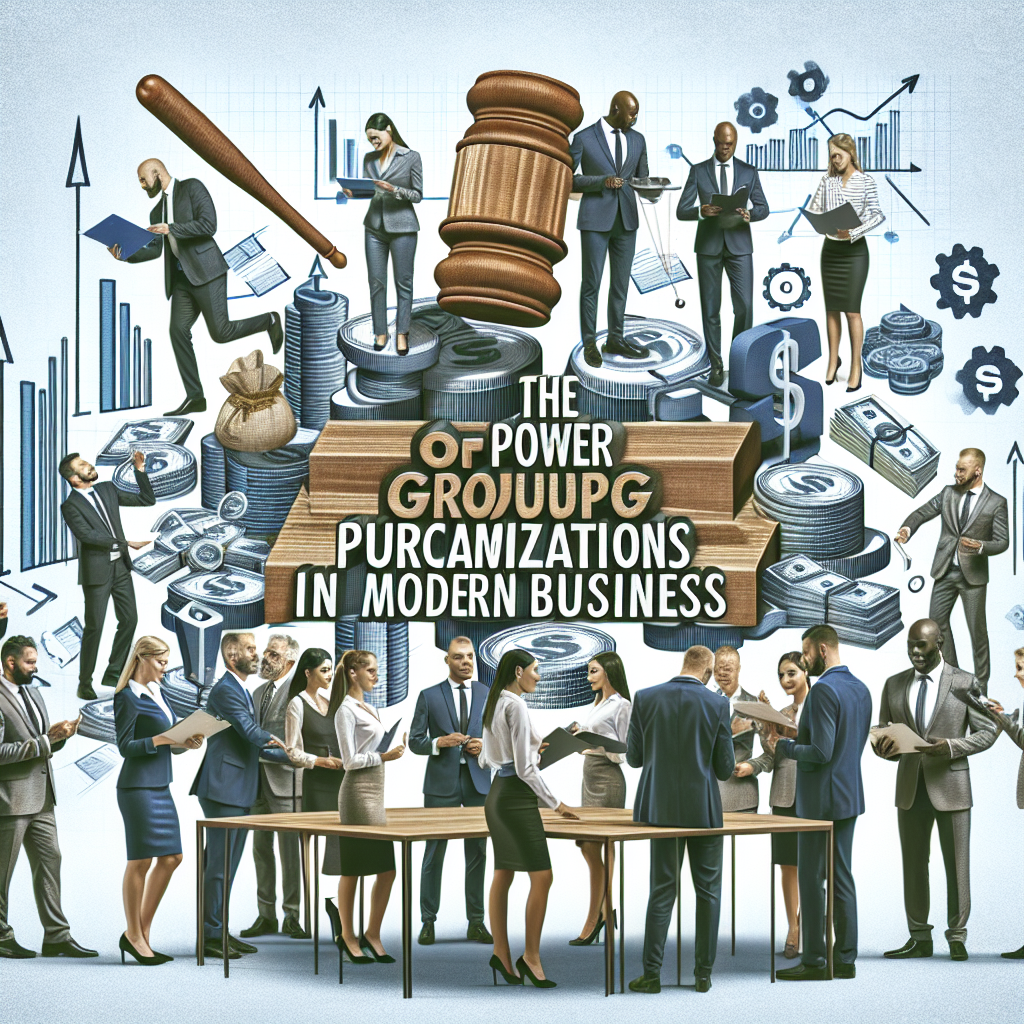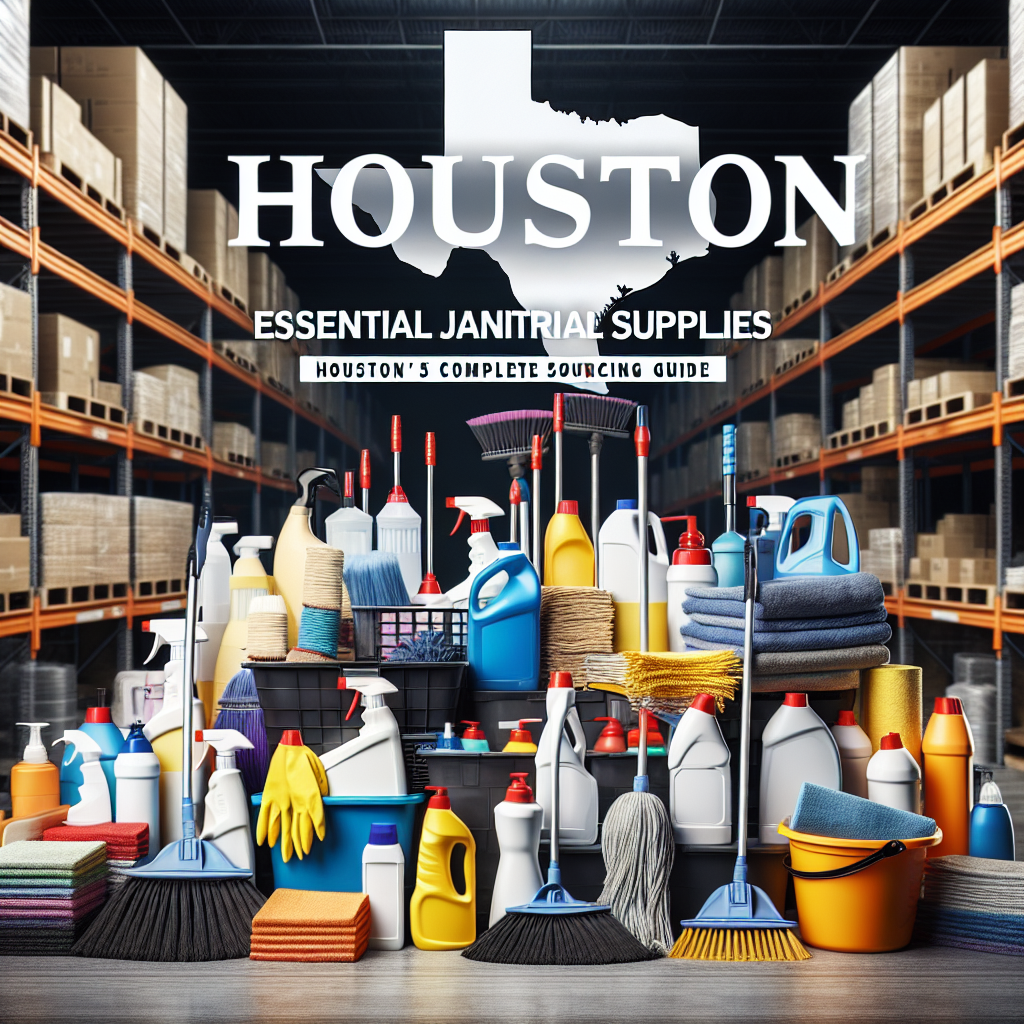Purchasing goods and services from outside vendors is done methodically by organizations using the procurement cycle. It involves a number of steps, including determining needs, choosing suppliers, settling on terms, handling contracts, and monitoring performance. By following this cycle, businesses can be sure they’re getting the best value without sacrificing compliance or quality standards. The first step in the process is determining whether a product or service is needed. This can be the result of new initiatives, plans for growth, or the need to replace equipment.
Key Takeaways
- The procurement cycle involves a series of steps from identifying a need to contract management and continuous improvement.
- Key stakeholders in the procurement process include requisitioners, procurement officers, suppliers, and end-users, each with specific roles and responsibilities.
- Best practices for streamlining the procurement process include standardizing procedures, centralizing procurement functions, and implementing efficient communication channels.
- Leveraging technology and automation can help streamline procurement, improve accuracy, and provide real-time data for better decision-making.
- Effective negotiation and contract management are essential for maximizing efficiency and ensuring compliance with regulations and risk management in the procurement cycle.
After being identified, a comprehensive analysis involving input from multiple departments is carried out to determine specific requirements. Afterwards, possible suppliers are located & assessed according to their qualifications, costs, and other pertinent factors. The contract’s terms, including its price, delivery schedule, and quality requirements, are then finalized through negotiations. To guarantee that commitments are fulfilled, continuous management and supplier performance monitoring are essential after contracts are signed.
At the end of the cycle, the performance of the supplier is evaluated, and the entire procurement process is assessed to find areas that could use improvement. In order to maximize value while upholding strict standards of quality and compliance, the procurement cycle is a complicated, multifaceted process that needs careful planning, coordination, and oversight. important parties & their functions. Since they are the ones who determine whether the company needs a certain good or service, end users are important participants in the procurement process.
During the supplier selection and contract negotiation stages, their input is vital in determining the requirements and specifications of the product or service. All aspects of the procurement process, from determining the need to assessing supplier performance, are managed by procurement specialists. Procurement Experts & Providers.
| Stage | Key Metrics |
|---|---|
| Planning | Number of potential suppliers identified |
| Sourcing | Number of requests for proposal (RFPs) sent |
| Vendor Selection | Number of vendor evaluations conducted |
| Contracting | Number of contracts negotiated |
| Procurement | Percentage of on-time deliveries |
| Payment | Percentage of invoices processed accurately |
It is the responsibility of procurement professionals to ensure that the company gets the best value for its money while upholding strict quality and compliance standards. They are vital in supplier selection, negotiation, and contract management. Considering that they supply the products and services that businesses require, suppliers are also significant participants in the procurement process. They bear the responsibility of adhering to the contract’s conditions and providing top-notch goods or services on schedule. Senior Management, Finance, and Legal.
By overseeing budgets, handling payments, and making sure that all financial transactions adhere to company rules and regulations, the finance department plays a crucial part in the procurement process. Contracts must be reviewed and drafted by the legal department to guarantee that the organization’s interests are protected & that the contract is legally sound. In order to make sure that the procurement process is in line with the aims and objectives of the company, senior management oversees it and provides strategic direction. Successful Coordination and Cooperation. In summary, successful cooperation & coordination in the procurement process require a clear understanding of the roles played by important stakeholders.
Every stakeholder contributes special knowledge & viewpoints that help the procurement cycle succeed. In order to increase productivity, cut expenses, & boost overall performance, organizations must streamline the procurement process. Organizations can successfully streamline their procurement process by putting a number of best practices & strategies into practice.
Establishing standardized and unambiguous procurement policies & procedures is one best practice. This entails establishing precise rules for contract negotiating, performance review, and supplier selection. In order to ensure that all procurement activities are carried out in a methodical and transparent manner, standardizing processes helps to eliminate inefficiencies and inconsistencies. One more recommended approach is to utilize technology to mechanize standard procurement duties like tracking contracts, managing suppliers, and processing purchase orders.
Through the utilization of digital tools such as e-procurement systems, organizations can enhance overall efficiency, minimize manual errors, and streamline their procurement process. Also, by grouping their preferred suppliers into long-term contracts and streamlining their supplier base, organizations can expedite their procurement process. In addition to enhancing economies of scale and fostering closer ties with important suppliers, this also helps to lower administrative overhead.
Also, firms can effectively monitor and assess their procurement process by putting performance metrics and key performance indicators (KPIs) into practice. Organizations can streamline their procurement process by identifying areas for improvement and making data-driven decisions by tracking metrics like cost savings, supplier performance, and contract compliance. In summary, a combination of best practices & strategies emphasizing standardization, automation, consolidation, and performance measurement are needed to streamline the procurement process. Organizations can improve the effectiveness, cost-effectiveness, & efficiency of their procurement processes by putting these practices into practice. Technology is essential to the modernization & simplification of the procurement process.
Businesses may increase overall efficiency in procurement activities, automate repetitive tasks, & gain better supply chain visibility by utilizing a variety of technology tools and solutions. Using e-procurement systems is one way businesses can use technology to their advantage in the purchasing process. These systems facilitate the automation of diverse procurement tasks for organizations, including but not limited to purchase order processing, supplier management, sourcing, and invoice management. Organizations can track expenditure, keep an eye on supplier performance, and pinpoint areas where costs can be cut by using e-procurement systems, which also offer real-time visibility into procurement activities.
Electronic sourcing platforms are another technological tool that organizations can use in their procurement processes. These platforms help businesses to streamline the supplier selection process and increase transparency by enabling them to hold sourcing events like electronic auctions and requests for proposals (RFPs). Electronic sourcing platforms also help suppliers and stakeholders work together, facilitating effective negotiation and communication. Organizations can also use business intelligence and data analytics tools to obtain insights into their procurement processes.
Organizations may optimize their procurement process & save costs by using data analysis to examine spending trends, supplier performance, and market trends. In summary, supply chain activity visibility, process modernization, and increased efficiency all depend on procurement utilizing technology and automation. Organisations can improve their procurement capabilities and generate higher business value by adopting technological solutions like electronic sourcing platforms, e-procurement systems, & data analytics tools.
Shrewd decision-making and adept communication are necessary for the crucial step of negotiation in the procurement process. Negotiation skills can help firms achieve better overall value, favorable terms with suppliers, & cost savings. Likewise, contract administration is necessary to guarantee that suppliers fulfill their commitments and provide superior goods or services according to prearranged schedules. Prior to entering into negotiations, thoroughly investigate supplier capabilities, pricing trends, and market conditions.
This will help you negotiate more effectively. Organizations can negotiate from strength and secure favorable terms by having a thorough understanding of supplier offerings and market dynamics. Prior to engaging in negotiations with suppliers, clearly define your goals and priorities.
This is another strategy for effective negotiation. Through the establishment of precise objectives like quality standards or cost reduction targets, companies can concentrate their negotiation efforts on accomplishing these goals while preserving a cooperative relationship with suppliers. Organizations must set up reliable procedures for contract management in order to keep an eye on supplier performance and guarantee terms are being followed. This entails putting in place key performance indicators (KPIs) to monitor the performance of suppliers, regularly auditing their operations, and swiftly handling any variations from the terms that were agreed upon.
Also, by utilizing technological solutions like contract management software, organizations can optimize their efficiency in contract management. With the aid of these tools, organizations can automate contract tracking procedures, centralize contract data, and improve communication between suppliers and terms of the contract. In conclusion, optimizing procurement process efficiency requires skillful contract management and negotiation. Organizations can attain advantageous results in their supplier negotiations & guarantee compliance with contractual terms by adhering to best practices, which include carrying out exhaustive research, defining precise goals, putting in place strong procedures for contract management, and utilizing technological solutions. Identification and Evaluation of Risks.
Organizations must address risk management and compliance as crucial components of the procurement cycle in order to minimize potential risks and guarantee compliance with legal requirements. Finding possible risks related to supplier relationships, supply chain disruptions, quality problems, or regulatory compliance is a crucial part of risk management in procurement. In order to detect possible weaknesses in their procurement processes, organizations need to carry out in-depth risk assessments. Then, they need to create proactive risk mitigation plans. Resilient Supply Chains and Emergency Planning.
Creating backup plans to handle unforeseen circumstances or possible supply chain interruptions that might affect procurement operations is another crucial component of risk management. Organizations may lessen the effect of possible disruptions on their operations by creating backup suppliers for essential goods or services or by creating alternative sourcing strategies. Adherence to Rules and Guidelines. Compliance-wise, organizations need to make sure that their procurement operations follow applicable laws and rules that cover things like labor laws, environmental regulations, ethical sourcing guidelines, anti-corruption policies, and data privacy laws.
To ensure compliance with legal requirements, it is necessary to establish strong policies and procedures & conduct frequent audits to check for adherence to these standards. Organizations may also monitor regulatory compliance, expedite risk assessment procedures, and make it easier to report on possible risks or compliance issues by utilizing technological solutions like risk management software and compliance management systems. Organizations can protect their interests while upholding moral business practices by putting into practice efficient risk management strategies, creating backup plans for supply chain interruptions, enforcing compliance with pertinent regulations through policies & procedures, and regularly auditing compliance activities. Over time, increasing the procurement process’s efficiency requires continuous improvement. To find areas for improvement & successfully implement corrective measures, organizations need to periodically monitor and assess their procurement performance.
Setting up key performance indicators (KPIs) that are in line with strategic goals is one way for organizations to keep an eye on their procurement performance. KPIs can give important information about how well an organization’s procurement activities are performing in relation to goals, such as cost savings obtained through supplier negotiations or supplier performance metrics. Conducting routine audits of procurement operations to spot possible inefficiencies or violations of set rules or procedures is another part of monitoring. Through audits, companies can find areas where their processes need to be improved while also making sure that everything is done in compliance with regulations. Organizations can evaluate their procurement activities by conducting regular reviews and comparing overall performance to predetermined goals.
Analyzing data to find trends or patterns that might point to areas for improvement includes looking at spending patterns, supplier performance metrics, and contract compliance rates. Moreover, companies can effectively obtain insights into their procurement operations by utilizing technological solutions like performance management software or spend analysis tools. With the help of these tools, businesses can effectively evaluate massive amounts of data & gain useful insights into possible areas for growth. In summary, continuous improvement in procurement necessitates frequent performance monitoring through KPIs, audits of activities, evaluation against predetermined goals, and effective use of technology solutions for data analysis. This allows for the identification of areas for improvement and the gradual implementation of corrective measures.
Organizations can improve the effectiveness of their procurement process & create more value for their business by routinely monitoring, evaluating, and implementing corrective measures.
If you’re interested in learning more about the rise of spend culture in procurement, check out this article on The Rise of Spend Culture. This article delves into the changing landscape of purchasing and how organizations are adapting to the new challenges and opportunities in procurement. Understanding the evolution of spend culture is crucial for procurement professionals looking to stay ahead in the industry.





